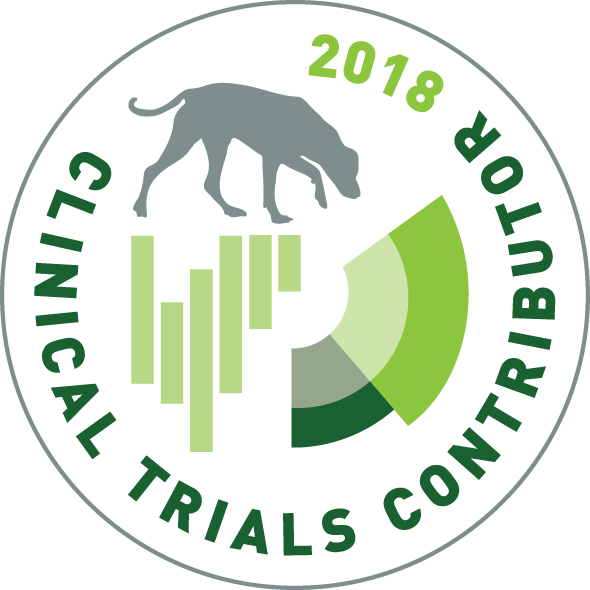Get in touch
07740 741314
houndhelpcare@gmail.com
Amanda Ainsworth

Breaks & Fractures
Both broken and fractured bones in dogs are categorised in to four main types of fracture:
- Closed fracture – the bone is broken but the overlaying skin remains intact.
- Compound fracture – the bone is broken and has penetrated the overlaying skin, exposing the area to contamination.
- Epiphyseal fracture – these occur in the immature bones of young dogs (usually under 12 months of age), the growth plates or epiphyseal plates are not fully formed and are weaker than the calcified areas of the bones leaving them more vulnerable to stresses. These types of fracture can be further classified into simple fractures, the bone breaks into two or three pieces and comminute fractures, the bone shatters into many pieces.
- Green stick fracture – the bone is not completely broken leaving the bone intact but weakened in the area of the crack.
Bones fractures are most commonly caused by abnormal pressure placed on the skeletal system including:
- Collision i.e. with a tree, with another dog or a vehicle
- Fall i.e. from a path, a piece of training equipment or with smaller dogs, the sofa
- Impact i.e. being hit by a football or being kicked
There are two other types of fracture that are less common but need to be considered:
- Stress fracture – tiny hairline cracks usually the result of a repetitive movement or pressure.
- Pathological fracture – deterioration of the bone caused by disease, the most common being osteosarcoma.
All of the above will need to be confirmed with an x-ray but signs of a fracture include:
- Lameness
- Inability to weight bear
- Shortening of the affected leg and holding the leg off the ground
- Swelling in the area of the fracture
- Sensitive and reactive if the affected area is touched or moved
- If the back is affected, paralysis
- Sudden reluctance to move and yelping in pain
Benefits of Massage:
How soon we can massage after the incident depends on the type or reason, your vet will be able to advise you on the timescale. Massage may be beneficial to aid the healing of a green stick fracture but it would be detrimental in the case of a pathological fracture, it could spread the disease:
- Promoting blood flow to carry essential nutrients to the area
- Reduce swelling and inflammation and give relief from pain
- Increase the healing process and strengthens the injured limb
- Helps relieve areas of overcompensation
- Can reduce scar tissue
- Increase mobility and flexibility
- Improve Gait and posture
- Helps reduce stress
The above highlights how important it is to obtain veterinary consent before undertaking any canine massage.


